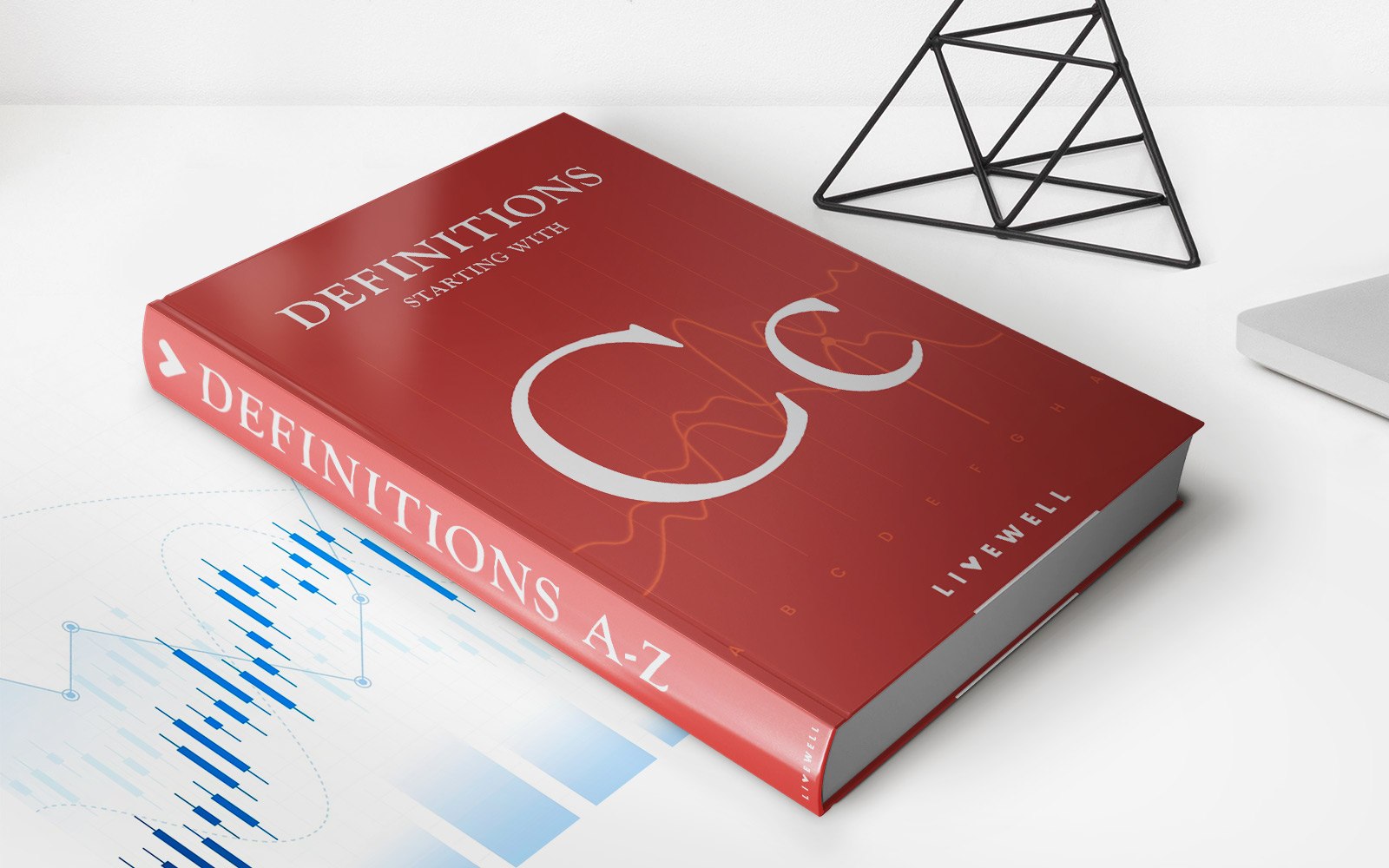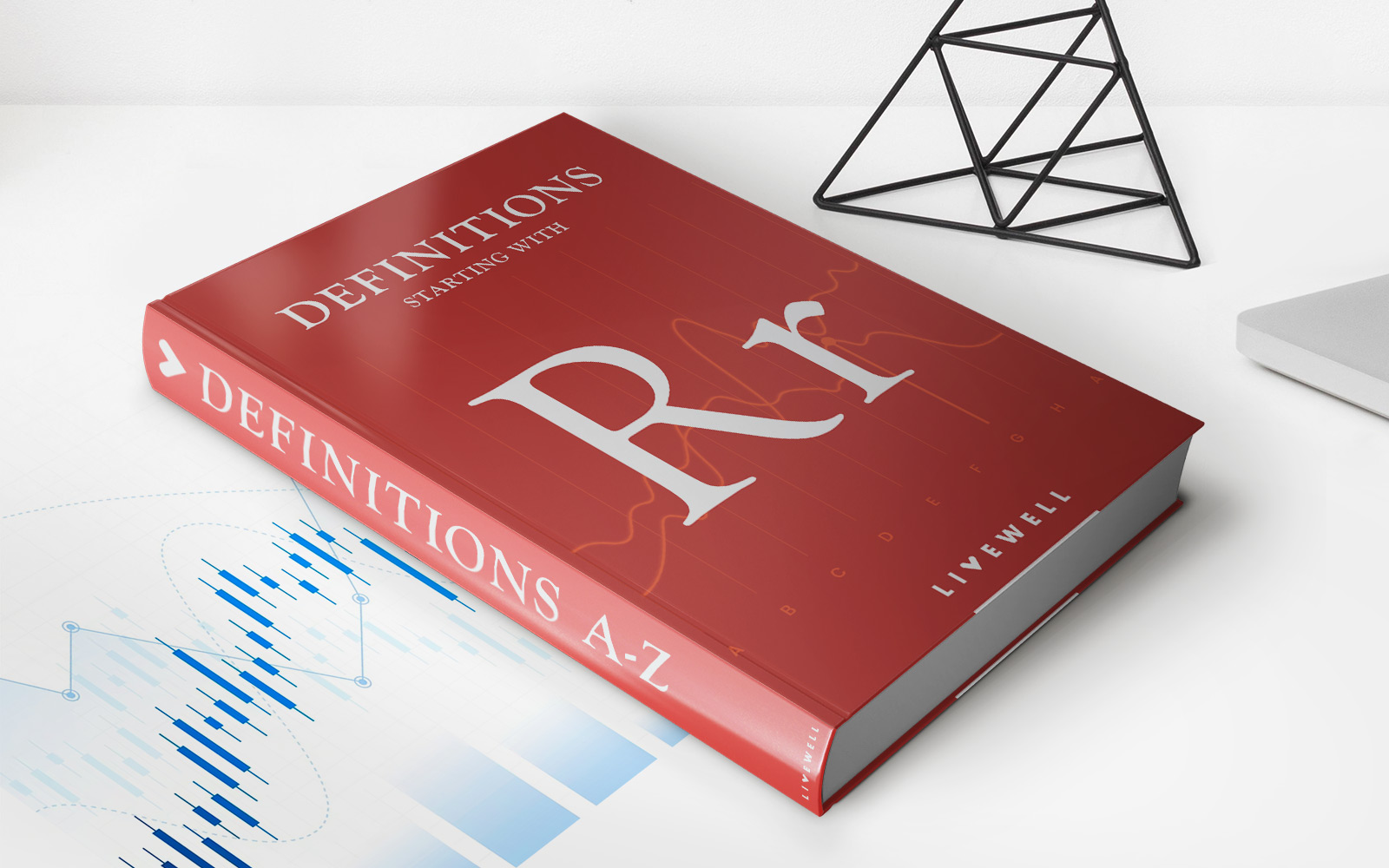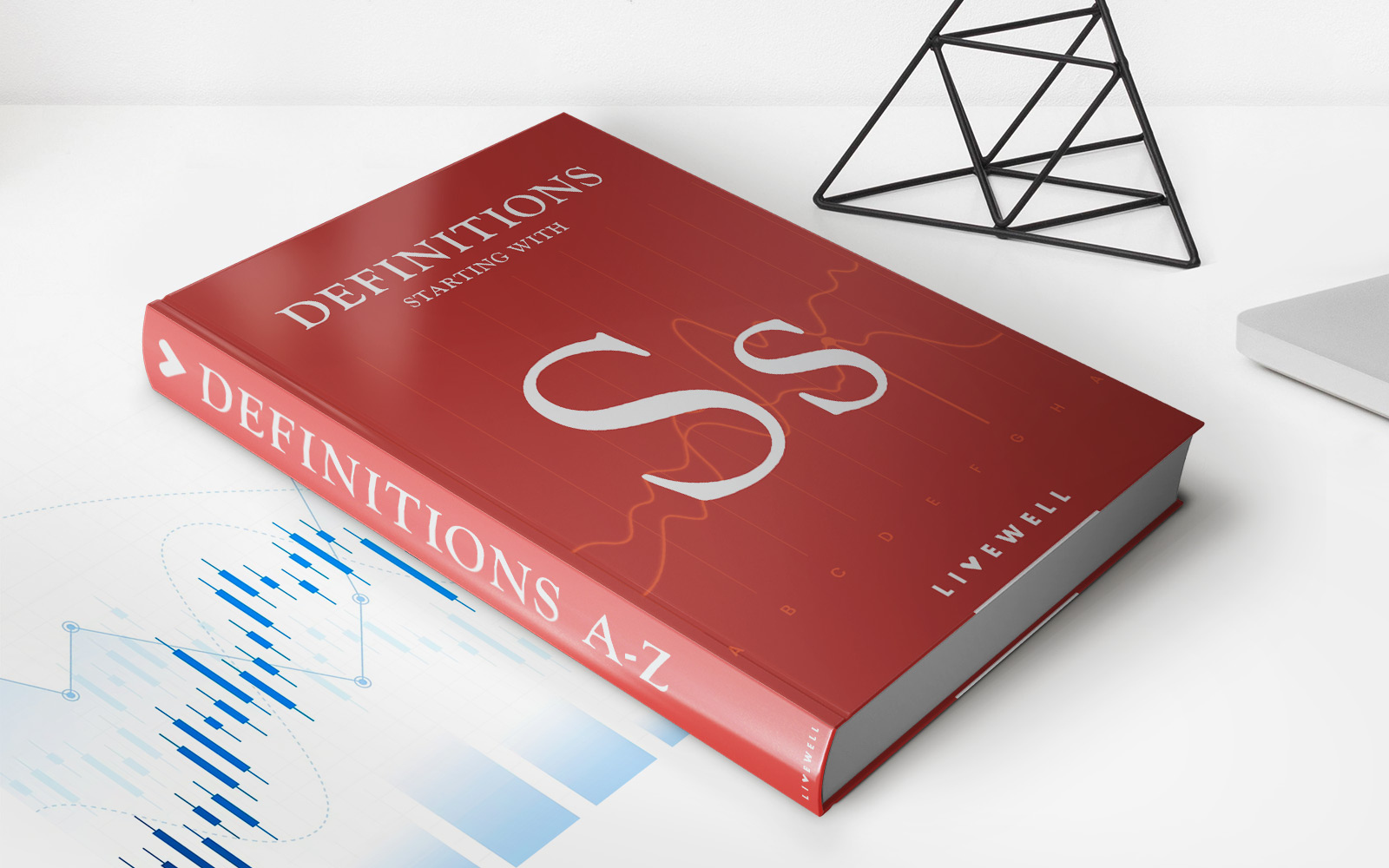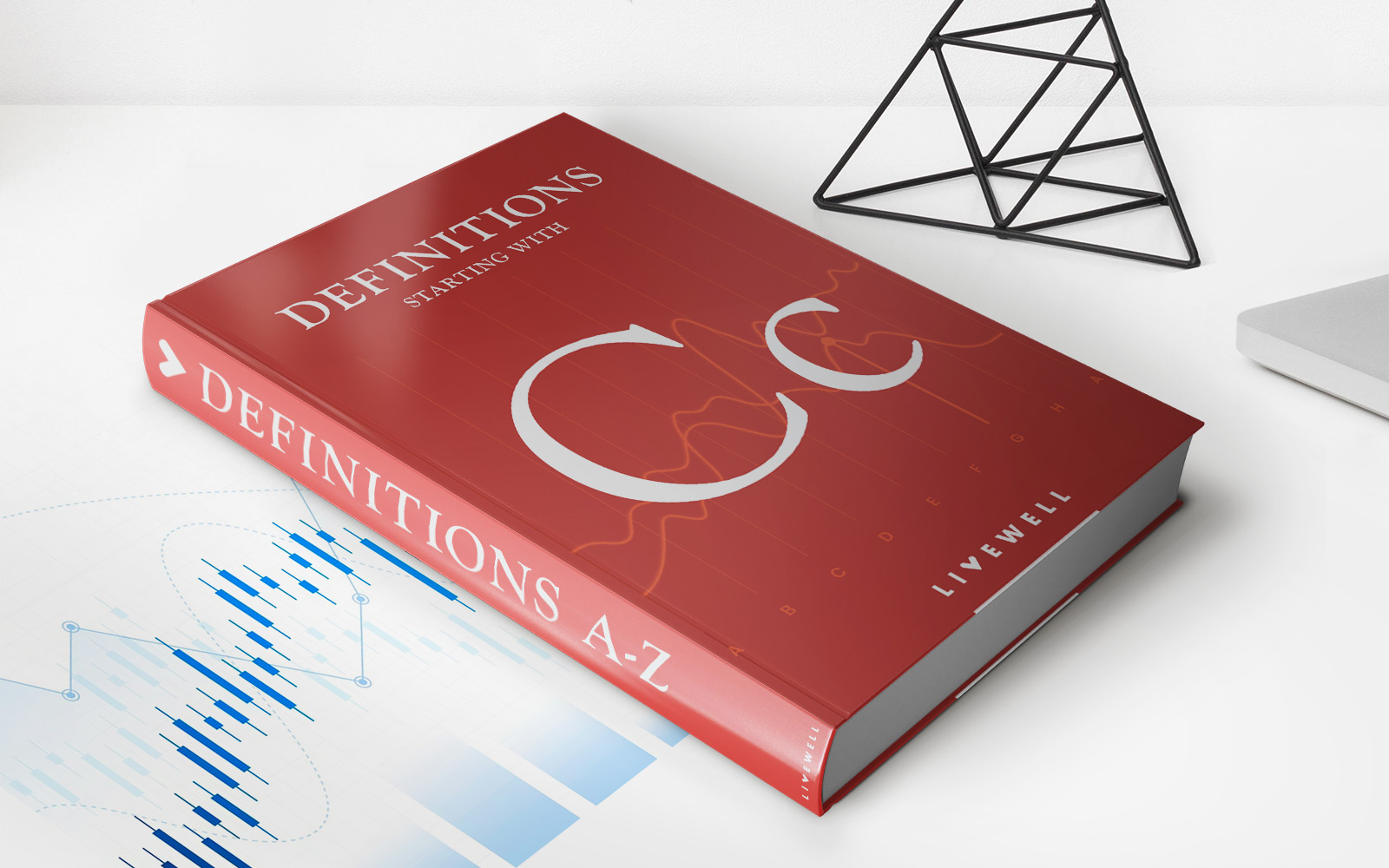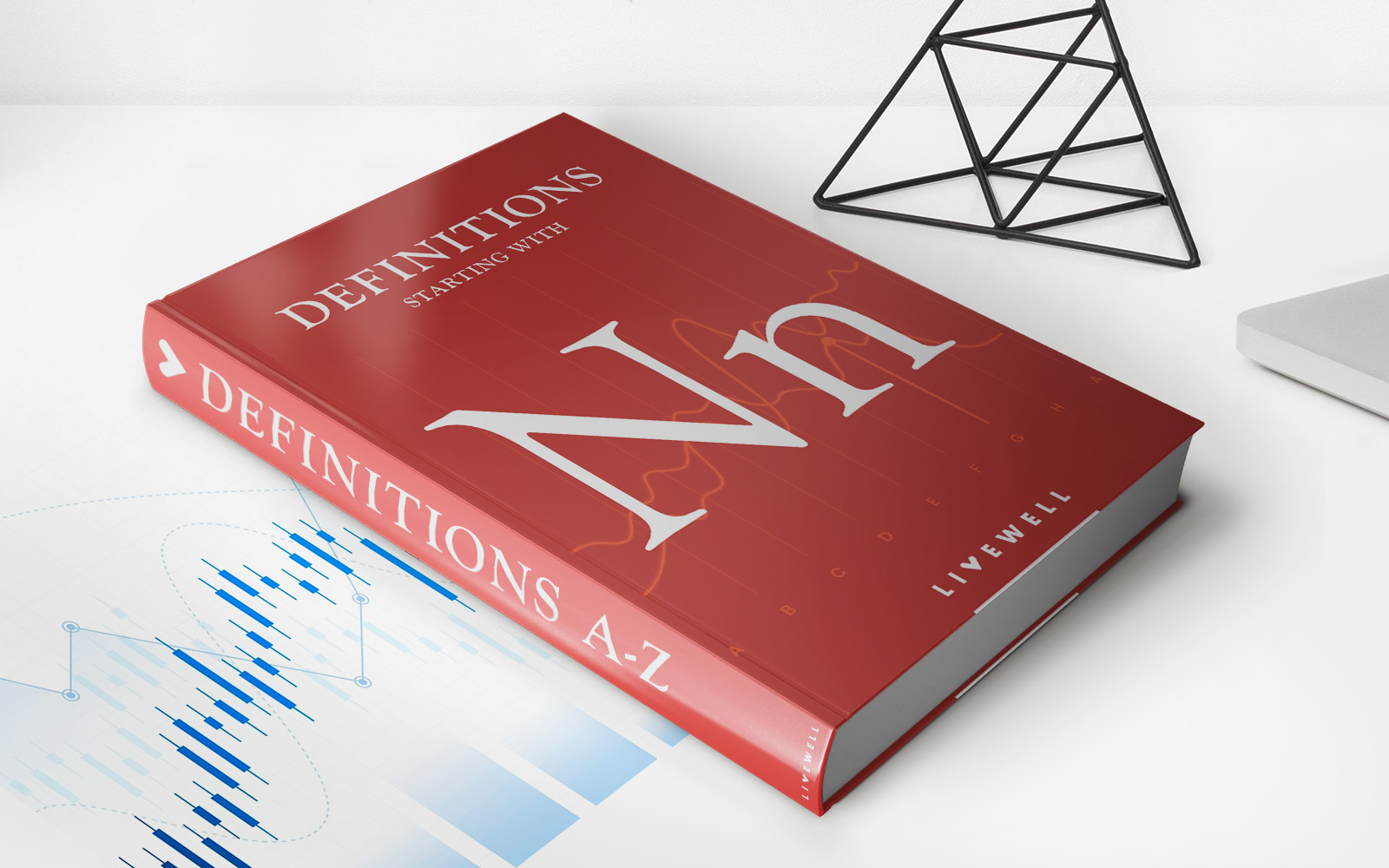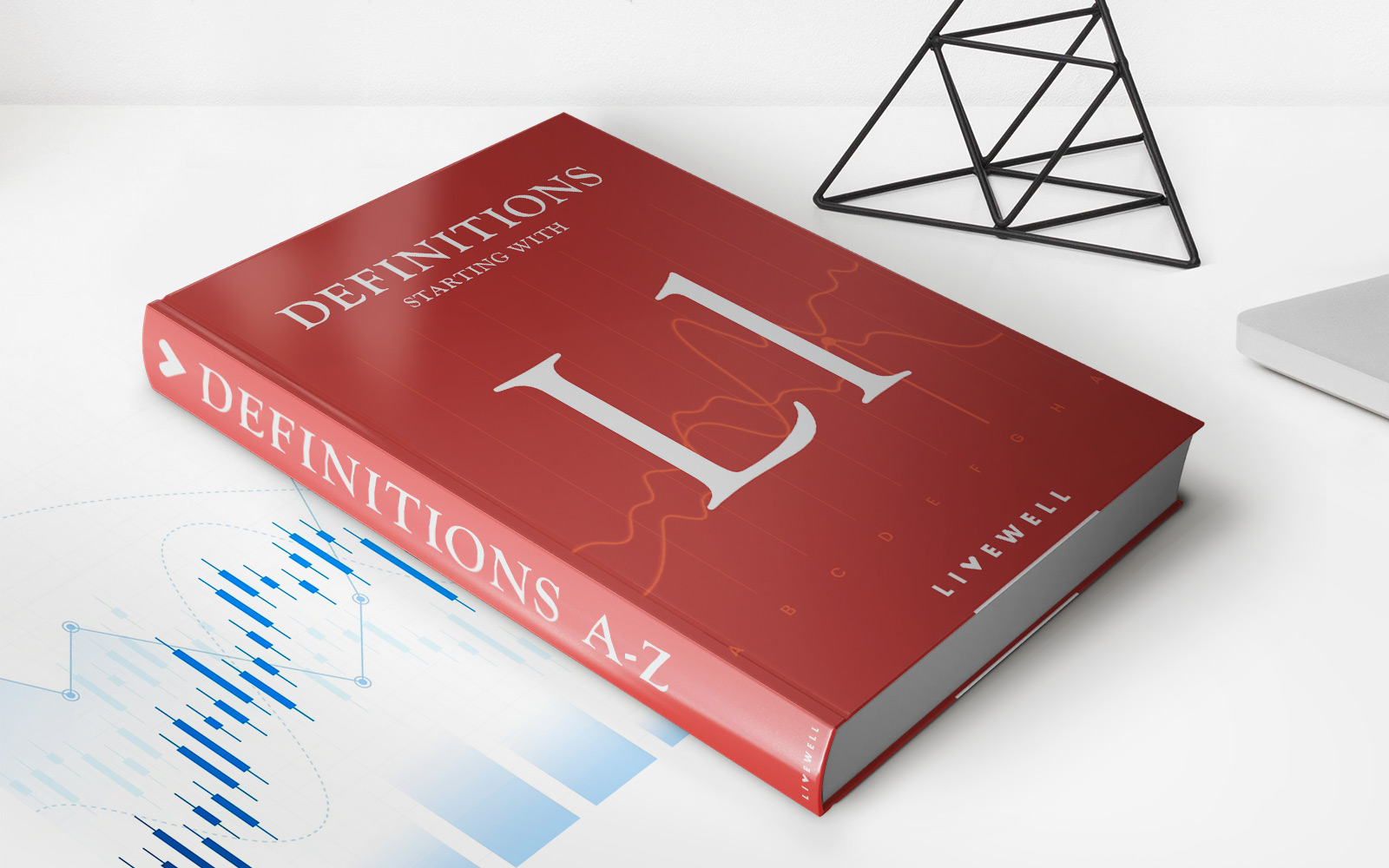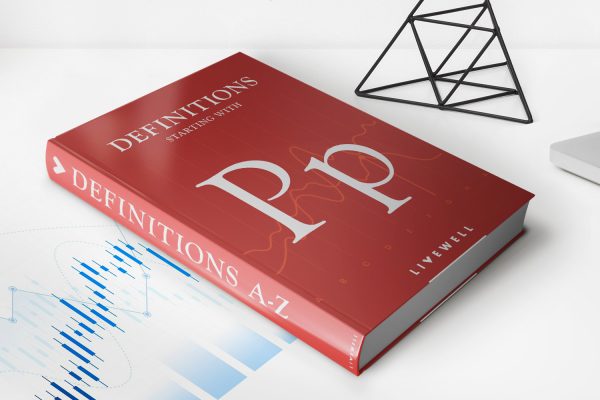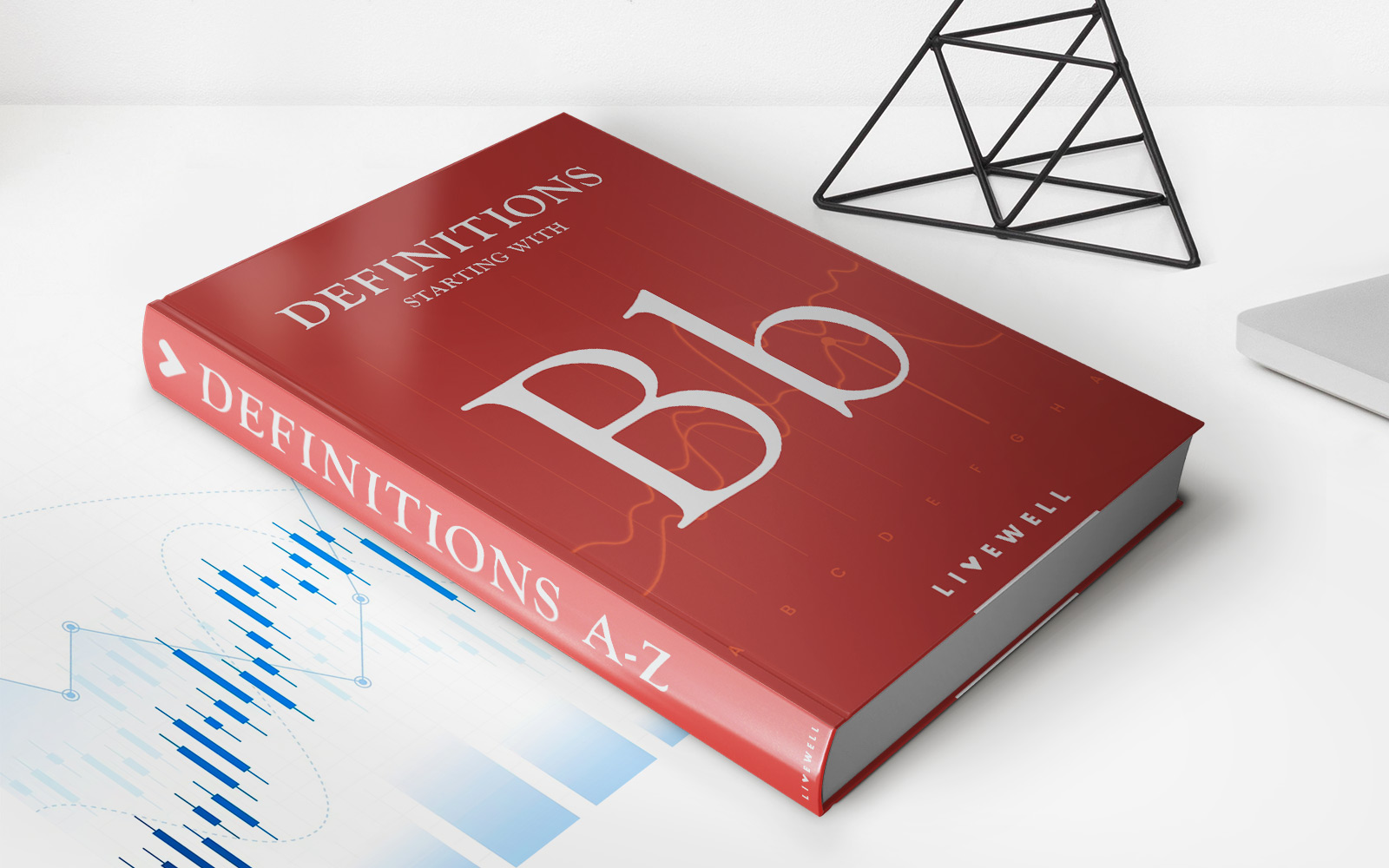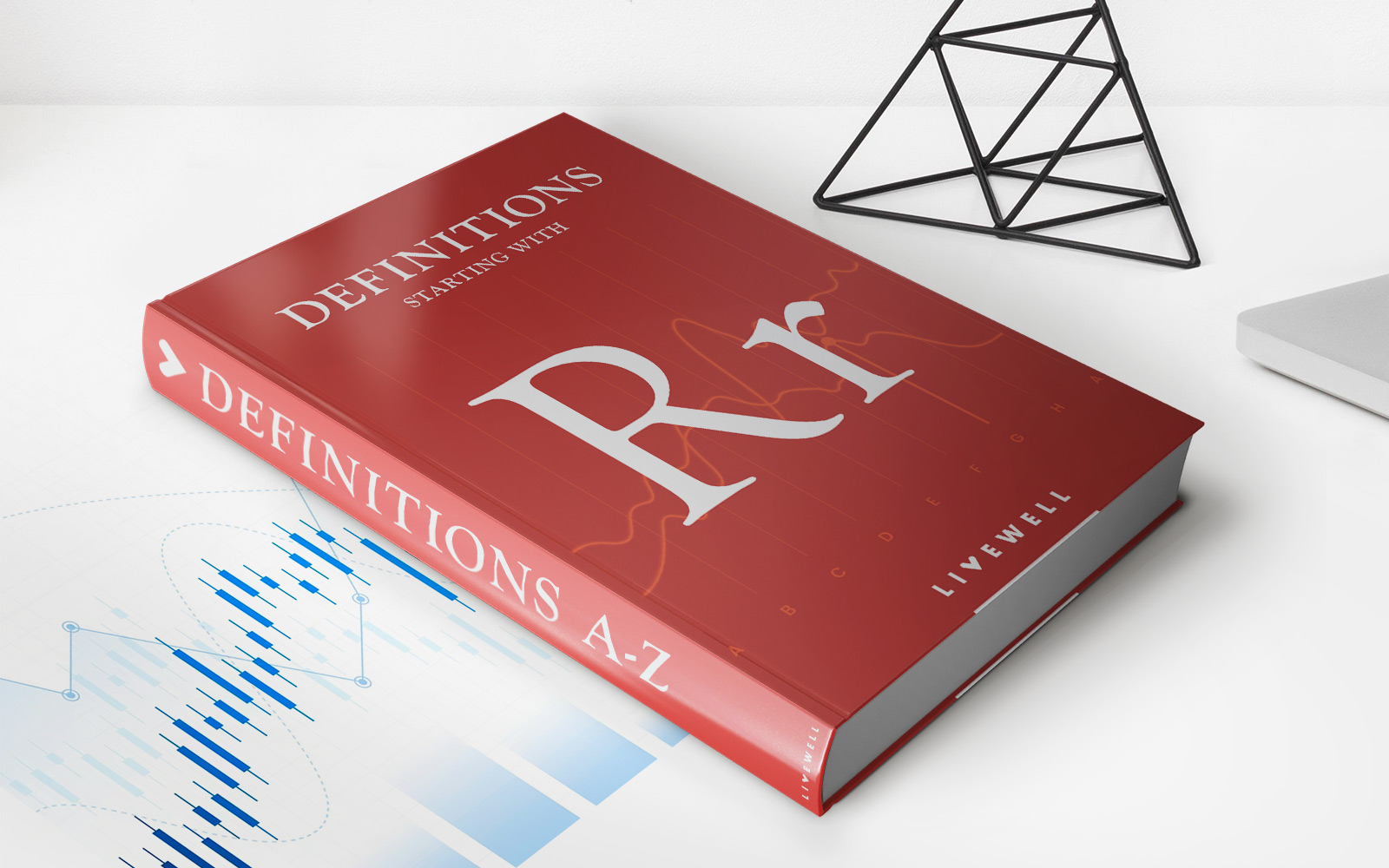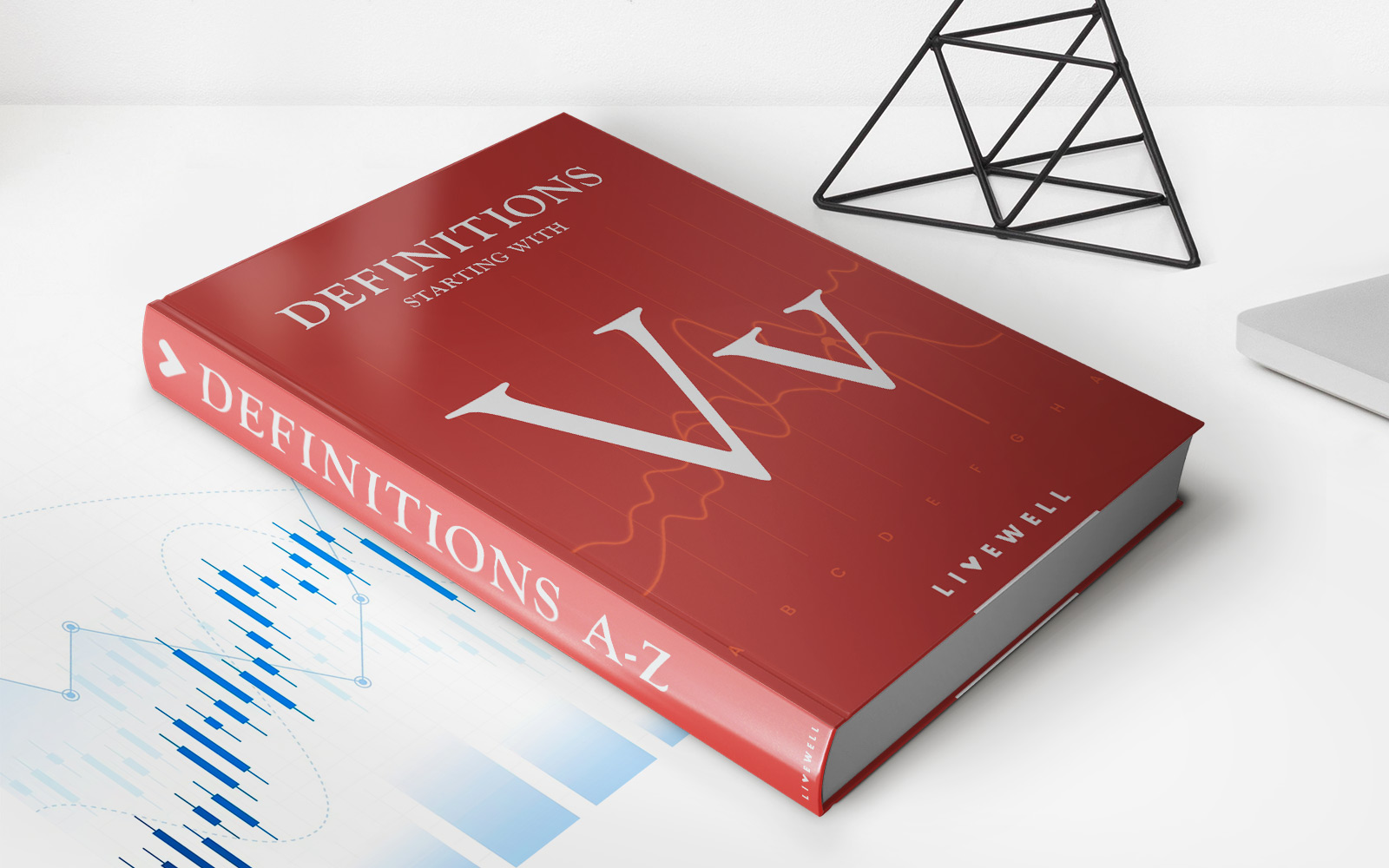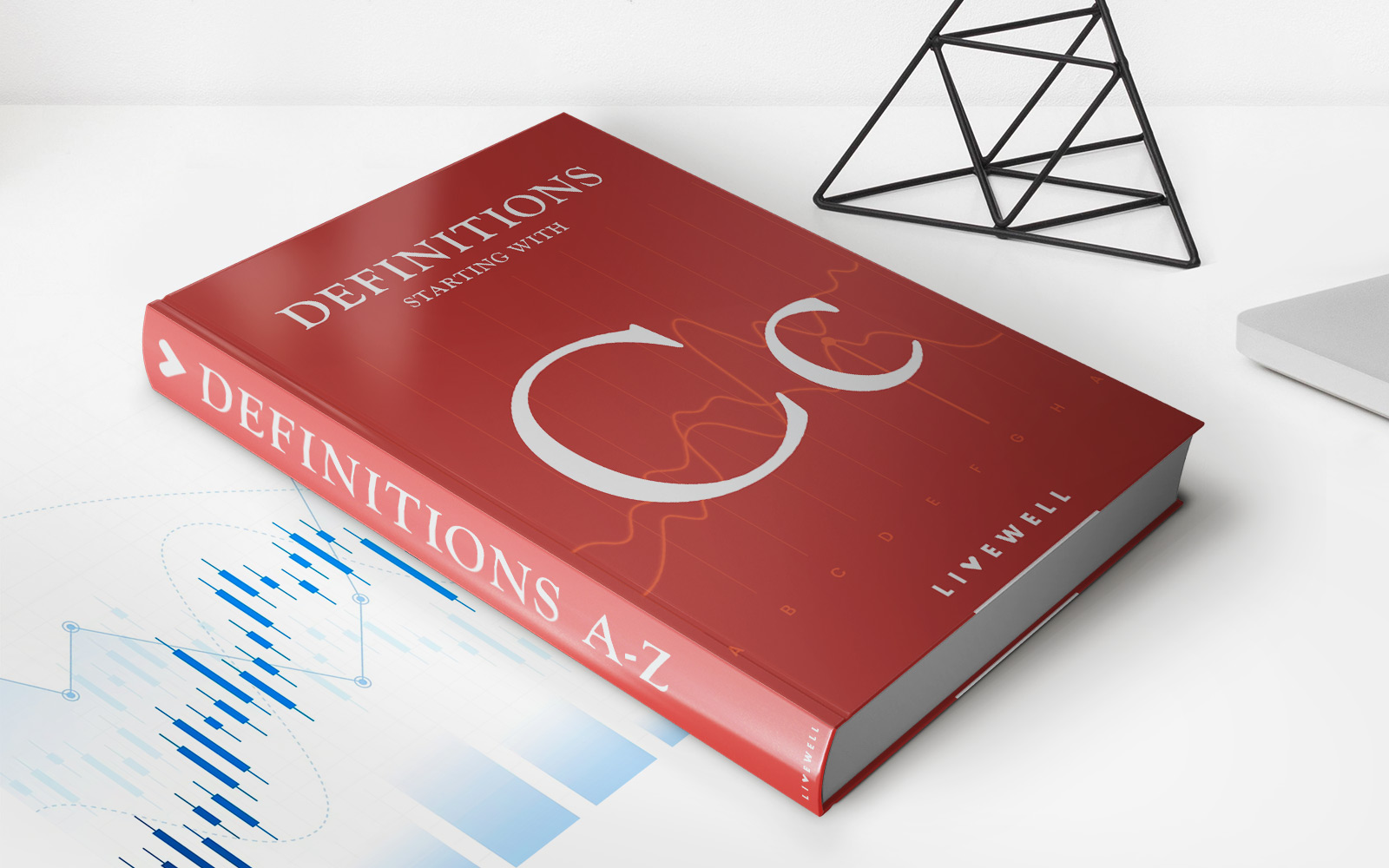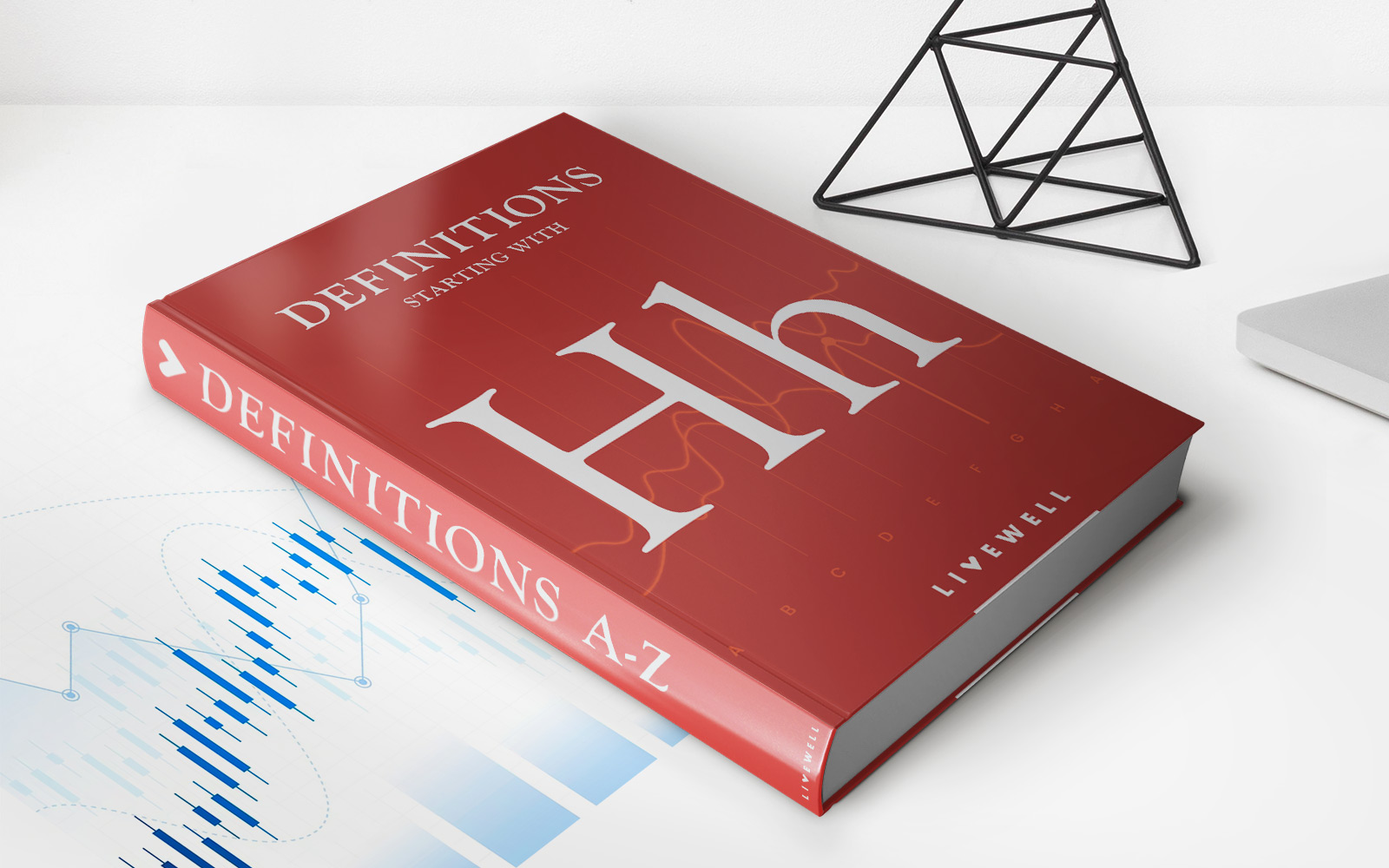Home>Finance>Revaluation: Definition, Examples, Vs. Devaluation
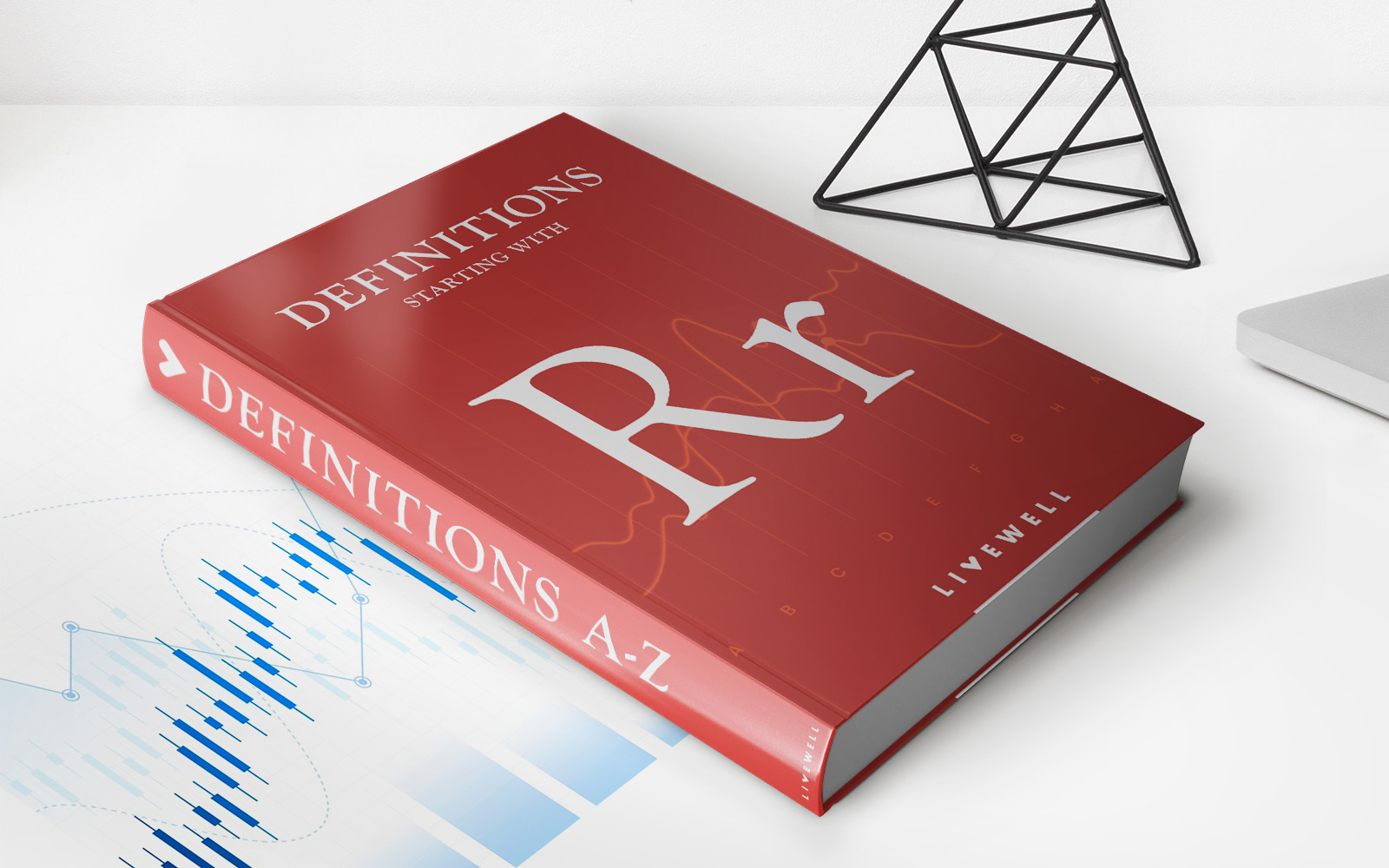

Finance
Revaluation: Definition, Examples, Vs. Devaluation
Published: January 20, 2024
Learn the difference between revaluation and devaluation in finance. Get definitions, examples, and a clear understanding of these concepts.
(Many of the links in this article redirect to a specific reviewed product. Your purchase of these products through affiliate links helps to generate commission for LiveWell, at no extra cost. Learn more)
Understanding Revaluation: Definition, Examples, Vs. Devaluation
Welcome to the finance category of our blog! Today, we are going to delve into a topic that often puzzles individuals and businesses alike – revaluation. What exactly is revaluation, and how does it differ from devaluation? In this blog post, we will break down the definition of revaluation, provide real-life examples, and explore the key differences between revaluation and devaluation. So, buckle up and let’s dive into the world of finance!
Key Takeaways:
- Revaluation is the process of readjusting the exchange rate or value of a currency in relation to other currencies or assets.
- Revaluation can have both positive and negative impacts on an economy, depending on various factors such as trade balance, inflation rate, and global economic conditions.
What is Revaluation?
Revaluation, in finance, refers to the adjustment of the exchange rate or value of a currency. This adjustment can be either upward or downward, depending on the economic factors at play. In simple terms, revaluation is the process of reassessing the value of a currency in comparison to other currencies or assets.
Revaluation is often implemented by central banks or governments as a monetary policy tool. It aims to maintain stability and competitiveness in international trade, as well as to manage inflation and economic growth. By adjusting the exchange rate, countries can influence the cost of imports and exports, impacting their trade balance and overall economic well-being.
Examples of Revaluation
To better understand the concept of revaluation, let’s look at a couple of real-life examples:
- China’s Revaluation of the Yuan: In 2005, the Chinese government implemented a revaluation of the yuan. They adjusted the exchange rate by allowing the yuan to appreciate against the U.S. dollar. This move aimed to address global trade imbalances and promote domestic consumption.
- European Union and the Euro: The European Union is an example of a region where multiple countries share a common currency – the euro. In this case, revaluation occurs when one country’s currency strengthens relative to another country within the Eurozone. This can impact trade dynamics and balance within the European Union.
Revaluation vs. Devaluation
Now that we have a clear understanding of revaluation, let’s explore how it differs from devaluation.
Revaluation and devaluation are both adjustments to the exchange rate, but they have opposite effects:
- Revaluation: Revaluation occurs when a country strengthens its currency or increases its exchange rate relative to other currencies. This can be done to maintain competitiveness, reduce inflationary pressures, or address trade imbalances.
- Devaluation: On the other hand, devaluation involves intentionally reducing the value of a currency or lowering its exchange rate. This strategy is often used to boost exports, stimulate economic growth, or recover from an economic crisis.
While revaluation and devaluation may serve different purposes, both can have significant impacts on a country’s economy, including its trade balance, purchasing power, and overall competitiveness in global markets.
The Bottom Line
Revaluation is a crucial concept in finance that allows countries to adjust their currency’s value in the global market. It is used as a tool to control inflation, promote trade balance, and maintain competitiveness. Understanding the difference between revaluation and devaluation is essential for navigating the complexities of international economics and finance.
We hope this blog post has shed some light on the definition of revaluation, provided examples of its implementation, and highlighted the differences between revaluation and devaluation. Keep exploring our blog for more insightful articles on various finance-related topics!
